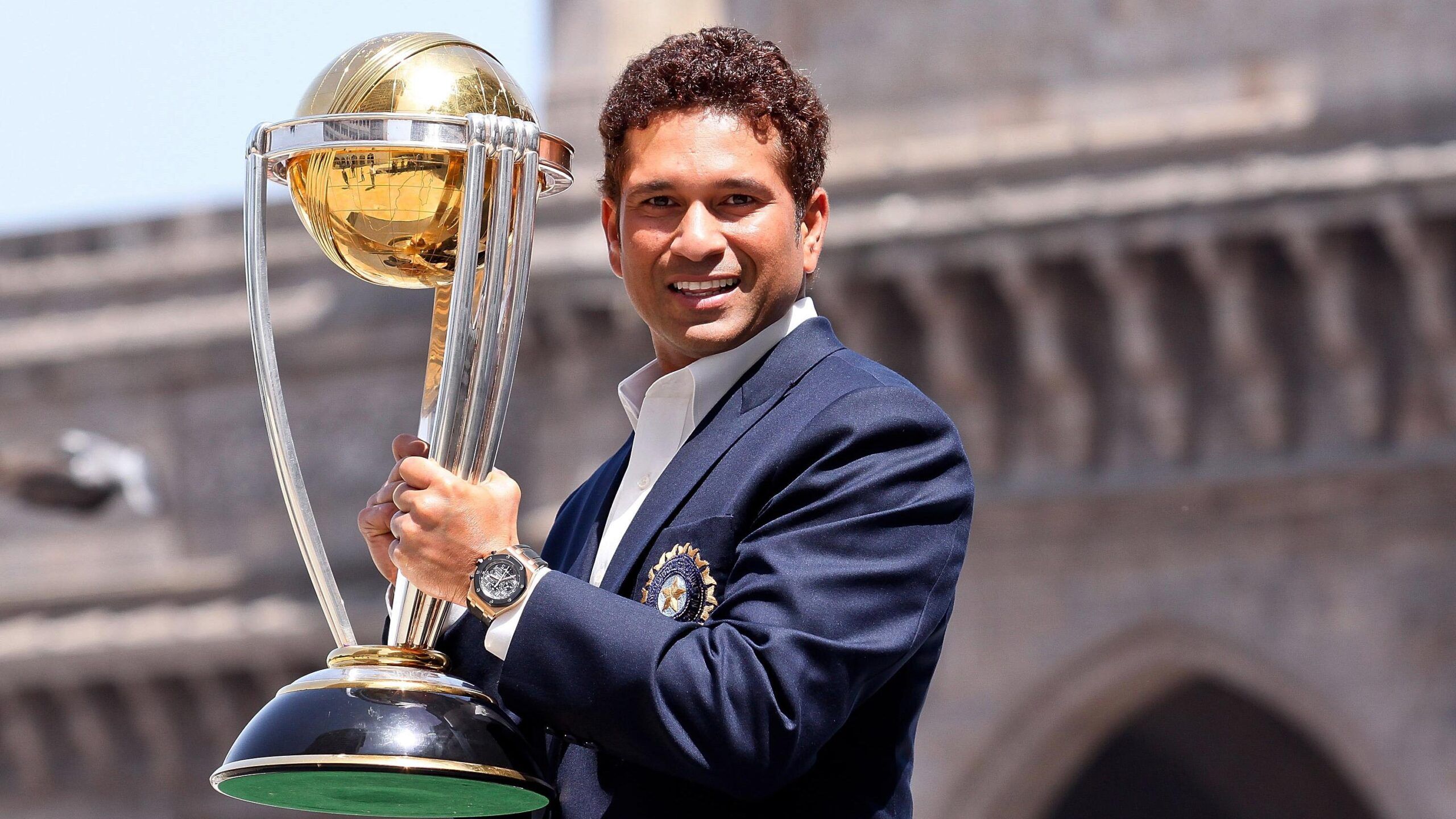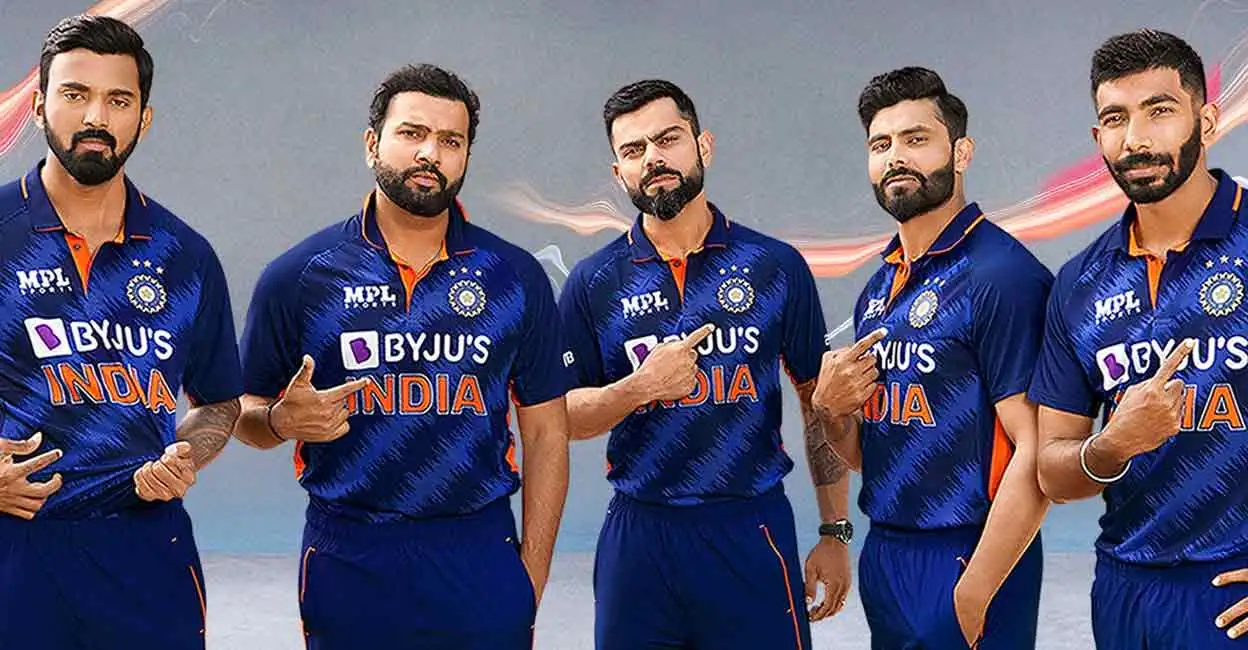The sight screen in cricket serves a crucial role in ensuring fair gameplay. This article aims to provide an analytical and detailed exploration of the concept of the sight screen, its placement and design, as well as its significance in maintaining fairness on the field.
Additionally, this article will discuss the maintenance and regulations surrounding the sight screen. By delving into these aspects, readers will gain a comprehensive understanding of the impact of the sight screen on cricket matches.
- Sight screens in cricket play a crucial role in providing a clear view for the batsman, enabling accurate judgment of pace, line, and length, and helping in shot selection and timing.
- Proper placement and design considerations, such as the height and colors of the sight screen, as well as proper lighting, are important for visibility and preventing glare and shadows.
- The significance of sight screens extends to fair gameplay, as they ensure fairness and impartiality by providing clear visibility for fielders and batsmen, allowing them to judge trajectory, speed, and movement accurately.
- Regular maintenance measures, including cleaning and adherence to size regulations, are necessary to ensure optimal viewing conditions and consistency.
Role of the Sight Screen in Cricket
The role of the sight screen in cricket is to provide a clear and unobstructed view for the batsman by creating a contrasting background against which the bowler‘s delivery can be easily seen.
The visibility of the sight screen is of utmost importance in cricket as it directly impacts player performance. A well-constructed and properly positioned sight screen ensures that there are no distractions or hindrances that may affect the batsman’s ability to see the ball clearly and react accordingly.
The visibility offered by the sight screen allows batsmen to accurately judge the pace, line, and length of each delivery, enabling them to make informed decisions about shot selection and timing.
It also helps in minimizing any potential risks associated with not being able to perceive the movement of the ball accurately.
An obscured or poorly constructed sight screen can also affect player performance. If the backdrop has shadows or patterns that disrupt visuals, tracking the ball can be challenging. This can cause misjudgments, mistimed shots, and worse batting averages.
In conclusion, ensuring proper visibility of the sight screen is crucial for enhancing player performance in cricket.
By providing a clear and uncluttered background against which bowlers’ deliveries can be easily seen, it enables batsmen to make accurate judgments and execute their shots effectively.
Transition: With an understanding of its importance established, we will now delve into further aspects related to placement and design of the sight screen.
Placement and Design of the Sight Screen
Placement and design of the sight screen in the sport of cricket is an important consideration for ensuring optimal visibility for players and spectators.
The visibility of the sight screen directly impacts players’ performance as it affects their ability to track the ball accurately and make well-informed decisions.
To maximize sight screen visibility, several factors must be taken into account during placement and design:
- Height: The height of the sight screen should be such that it does not obstruct the view of any player on the field. It should be tall enough to prevent any interference with the players’ line of vision.
- Contrast: The colors used on the sight screen should provide a clear contrast against both white and colored cricket balls. This ensures that players can easily differentiate between the ball and background, enhancing their ability to see and react quickly.
- Lighting: Proper lighting around the sight screen is crucial for maintaining optimal visibility during day-night matches or when natural light conditions are poor. Illumination levels need to be carefully calibrated to prevent glare or shadows that could hinder player performance.
Significance of the Sight Screen in Fair Gameplay
Visibility considerations in the sport of cricket play a crucial role in ensuring fairness and impartiality during gameplay.
The clear visibility of the ball is essential for both fielders and batsmen, as it directly impacts player performance. A well-positioned sight screen is vital to provide optimal visibility to players on the pitch.
The importance of clear visibility cannot be overstated in cricket. It allows players to accurately judge the trajectory, speed, and movement of the ball.
Without proper visibility, fielders may struggle to anticipate catches or make accurate throws, while batsmen may find it challenging to track and time their shots effectively.
The impact on player performance due to poor visibility can be significant. Fielders may misjudge catches or fail to stop boundaries if they are unable to see the ball clearly against the backdrop of spectators or surrounding structures.
Batsmen might struggle to pick up subtle variations in line and length from bowlers, leading to mistimed shots or being dismissed.
In order to maintain fair gameplay conditions, it is crucial for sight screens to be properly maintained and regulated.
This involves regular cleaning, ensuring that they are free from obstructions such as advertisements or equipment, and conforming with size regulations set by cricket governing bodies.
These maintenance and regulation measures contribute towards providing an unobstructed view for players throughout a match without explicitly stating ‘step’.
Maintenance and Regulations of the Sight Screen
Regular cleaning and adherence to size regulations are necessary maintenance measures for optimal functionality of the screen.
Sight screen maintenance is crucial in ensuring clear visibility for both players and spectators during a cricket match.
The sight screen, typically positioned behind the bowler’s arm, serves as a backdrop against which the batsman can easily spot the ball. It is usually a large structure made of fabric or vinyl material that prevents any visual distractions.
To maintain the sight screen, regular cleaning is required to remove any dirt or debris that may obstruct visibility.
This can be done by using mild detergents and water to gently clean the surface of the screen. Additionally, it is essential to adhere to size regulations set by cricket governing bodies.
These regulations specify dimensions such as height and width to ensure consistency across different playing venues.
Size regulations also consider factors like distance from the pitch and angle of inclination to optimize viewing conditions for players and spectators alike. Any deviations from these regulations can lead to unfair advantages or disadvantages for either team.
Final Reflections on the Sight Screen
The sight screen in cricket plays a crucial role in ensuring fair gameplay and maintaining the integrity of the sport. Its placement and design are carefully considered to provide optimal visibility for both batsmen and fielders.
The sight screen symbolizes transparency and clarity, enabling players to accurately judge the trajectory of the ball. It is meticulously maintained and regulated to uphold the standards of the game.
Overall, the sight screen stands as a powerful symbol of fairness and precision in cricket, evoking a sense of professionalism and excitement among spectators.
Frequently Asked Questions: Sight Screen
How much does a sight screen cost?
The cost of a sight screen in cricket can vary depending on various factors such as the size, materials used, and customization options. Affordability options may include different pricing tiers or financing plans to cater to different budgets.
Can players request the sight screen to be moved during a match?
During a cricket match, players can request the sight screen to be moved. This ability allows them to have an influence on the game dynamics by adjusting the position of the screen to enhance visibility and minimize distractions for better performance.
Are there any specific regulations regarding the color of the sight screen?
There are no specific regulations regarding the color of the sight screen in cricket. However, studies suggest that a contrasting background color can enhance visibility and help players track the ball better, potentially improving their performance.
Can the sight screen obstruct the view of the batsman?
The sight screen in cricket, if improperly positioned or of inadequate size, can obstruct the view of the batsman, potentially impacting their performance. This obstruction may impair their ability to accurately judge the trajectory and movement of the ball.
Are there any alternative solutions to using a sight screen in cricket?
Alternative solutions to using a sight screen in cricket include using colored or contrasting backgrounds, such as white or black sheets, to enhance visibility options for the batsman. These options maintain clear sightlines without obstructing the view.











